1998 World Youth Games
The 1998 World Youth Games was the first international multi-sport event of its kind. More than 7,500 young athletes representing 140 countries[1] of the world participated in this event. The Games took place in Moscow, Russia from July 11 to 19, 1998.
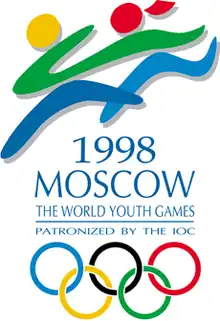 Official logo | |
| Host city | Moscow |
|---|---|
| Nations | 140 (estimated) |
| Athletes | 7,500 (estimated) |
| Opening | July 11 |
| Closing | July 19 |
| Opened by | Boris Yeltsin President of Russia |
| Main venue | Luzhniki Stadium |
Ceremony
The opening ceremony was held in the Luzhniki Stadium (Стадион "Лужники"). It included 32 International Olympic Committee (IOC) members, 43 National Olympic Committee (NOC) presidents, Boris Yeltsin – then current President of the Russian Federation, Yuri Luzhkov – mayor of Moscow, with the presence of 80,000 spectators.[2] One of the most emotional moments of the ceremony was the arrival of the Olympic flame, after traveling through 13 regions of the Russian Federation. Another spectacular moment was when 2 Russian cosmonauts greeted all the spectators directly from Orbital Station Mir. The mayor of Moscow and the IOC President addressed the spectators, and Boris Yeltsin declared the World Youth Games opened.
Participants and sports
More than 7,500[2] young athletes under 17 years of age[3] representing 140 countries competed in a variety of sports that included basketball, football, volleyball, handball, tennis and table tennis, track and field athletics, swimming, synchronized swimming, gymnastics and modern rhythmic gymnastics, fencing, judo and Greco-Roman wrestling.
 Athletics ()
Athletics ()
Objective
The main objectives of the first World Youth Games were to involve the young participants in the Olympic movement and promote the Olympic spirit of friendship and mutual understanding among peoples, preparing their psychological and aptitude conditions for international starts and also selecting young talents for the participation in future Olympic Games.[1]
Beginning from 2010, the Youth Olympic Games were to be held every four years in staggered summer and winter events complementing the Olympic Games,[4][5] thus rendering the World Youth Games obsolete.
Mascot
The motto of the World Youth Games was “the open world for childhood” and its mascot was Mishka (Мишка) [6] – the Russian Bear that was also the mascot of the XXII Summer Olympic Games in Moscow 1980.[7]
Initiation
On November 27, 1995, a small government delegation from Moscow visited the headquarters of the International Olympic Committee in Lausanne, Switzerland in order to rally support for the organization of a major international youth competition under IOC patronage in the Russian capital.[2] Moscow's delegation argued that the city had a strong experience of staging sport events. The IOC granted its patronage to the “World Youth Games” and an agreement was signed in April 1997 between the IOC, the city of Moscow and the Russian Olympic Committee, setting out the event.
Nations
 Argentina
Argentina Armenia
Armenia Albania
Albania Algeria
Algeria Angola
Angola.svg.png.webp) Australia
Australia Austria
Austria Azerbaijan
Azerbaijan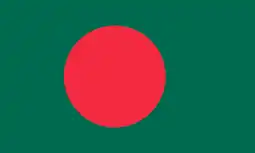 Bangladesh
Bangladesh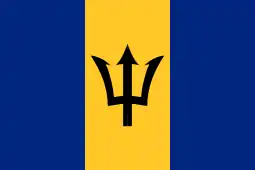 Barbados
Barbados Belarus
Belarus.svg.png.webp) Belgium
Belgium.svg.png.webp) Bolivia
Bolivia Bosnia and Herzegovina
Bosnia and Herzegovina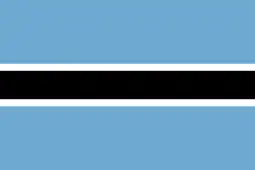 Botswana
Botswana Brazil
Brazil Bulgaria
Bulgaria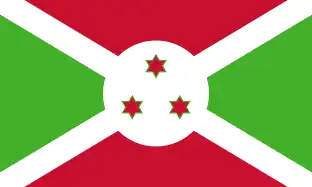 Burundi
Burundi Cambodia
Cambodia.svg.png.webp) Canada
Canada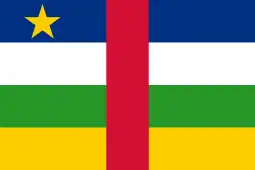 Central African Republic
Central African Republic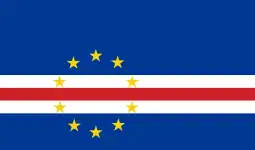 Cape Verde
Cape Verde Colombia
Colombia Chile
Chile People's Republic of China
People's Republic of China Chinese Taipei
Chinese Taipei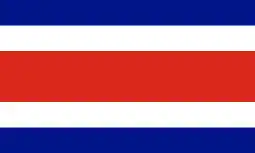 Costa Rica
Costa Rica Croatia
Croatia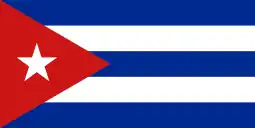 Cuba
Cuba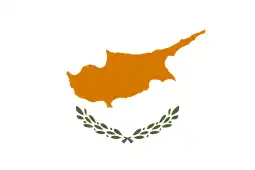 Cyprus
Cyprus Czech Republic
Czech Republic North Korea
North Korea Egypt
Egypt Estonia
Estonia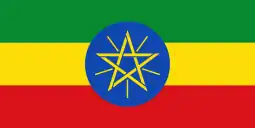 Ethiopia
Ethiopia Finland
Finland France
France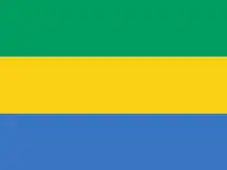 Gabon
Gabon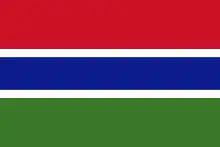 Gambia
Gambia.svg.png.webp) Georgia
Georgia Germany
Germany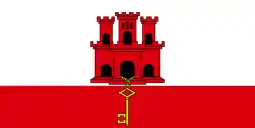 Gibraltar
Gibraltar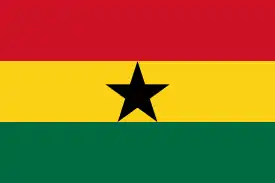 Ghana
Ghana Greece
Greece Great Britain
Great Britain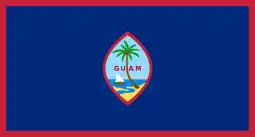 Guam
Guam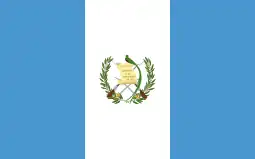 Guatemala
Guatemala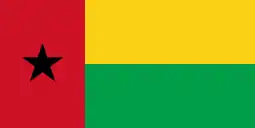 Guinea-Bissau
Guinea-Bissau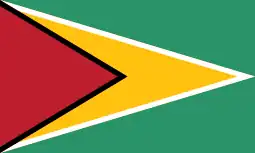 Guyana
Guyana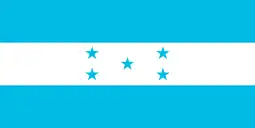 Honduras
Honduras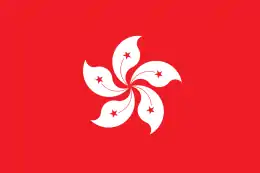 Hong Kong
Hong Kong Hungary
Hungary India
India Iran
Iran Iraq
Iraq Republic of Ireland
Republic of Ireland Italy
Italy Israel
Israel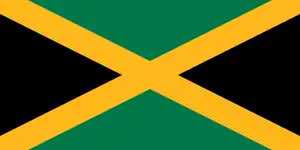 Jamaica
Jamaica Japan
Japan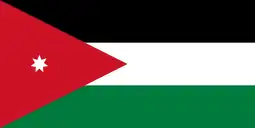 Jordan
Jordan Kazakhstan
Kazakhstan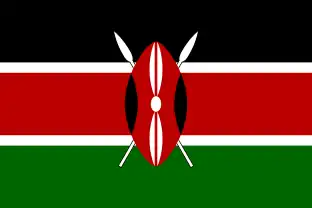 Kenya
Kenya Korea Republic
Korea Republic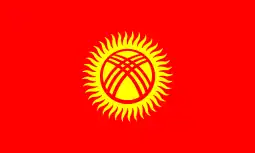 Kyrgyzstan
Kyrgyzstan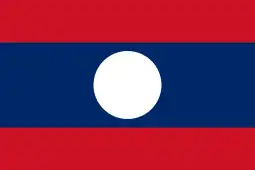 Laos
Laos Latvia
Latvia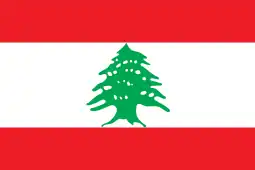 Lebanon
Lebanon.svg.png.webp) Lesotho
Lesotho.svg.png.webp) Libya
Libya Lithuania
Lithuania Luxembourg
Luxembourg Macedonia
Macedonia Malaysia
Malaysia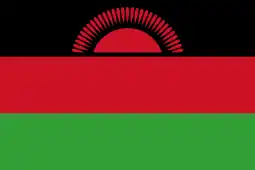 Malawi
Malawi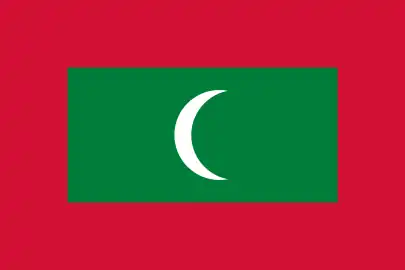 Maldives
Maldives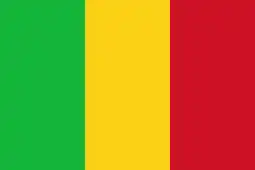 Mali
Mali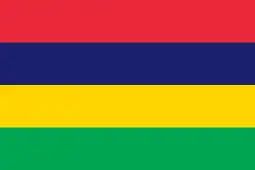 Mauritius
Mauritius Mexico
Mexico Moldova
Moldova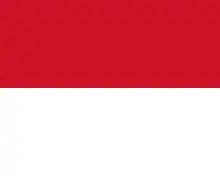 Monaco
Monaco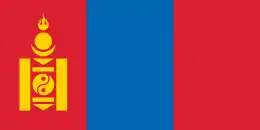 Mongolia
Mongolia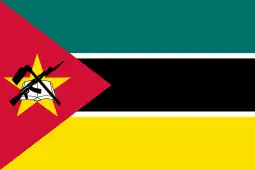 Mozambique
Mozambique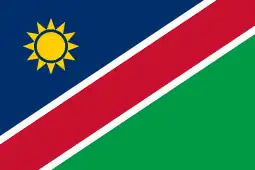 Namibia
Namibia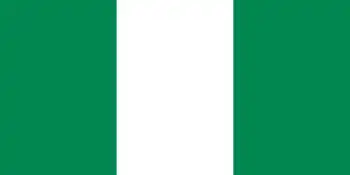 Nigeria
Nigeria Netherlands
Netherlands Nepal
Nepal New Zealand
New Zealand Norway
Norway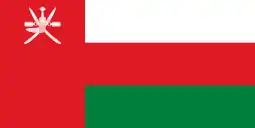 Oman
Oman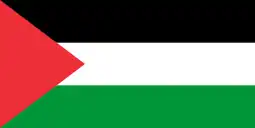 Palestine
Palestine Peru
Peru Philippines
Philippines Poland
Poland Portugal
Portugal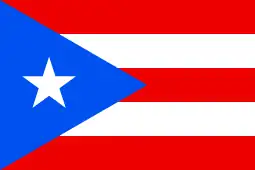 Puerto Rico
Puerto Rico Qatar
Qatar Romania
Romania Russia
Russia.svg.png.webp) Rwanda
Rwanda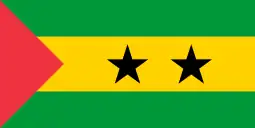 São Tomé and Príncipe
São Tomé and Príncipe Saudi Arabia
Saudi Arabia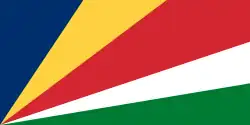 Seychelles
Seychelles Singapore
Singapore Slovakia
Slovakia Slovenia
Slovenia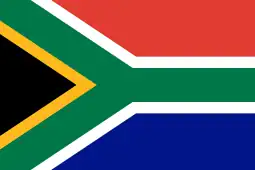 South Africa
South Africa Spain
Spain Sri Lanka
Sri Lanka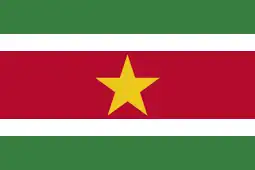 Suriname
Suriname Sweden
Sweden.svg.png.webp) Switzerland
Switzerland Syria
Syria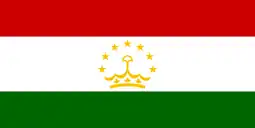 Tajikistan
Tajikistan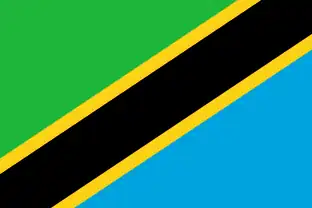 Tanzania
Tanzania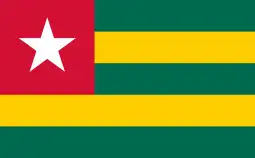 Togo
Togo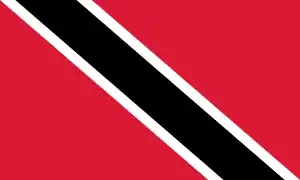 Trinidad and Tobago
Trinidad and Tobago Turkey
Turkey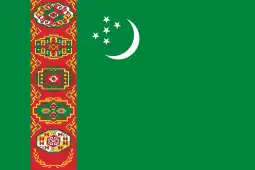 Turkmenistan
Turkmenistan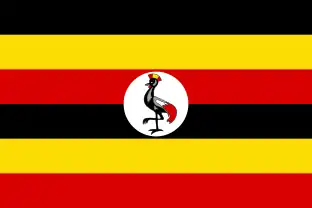 Uganda
Uganda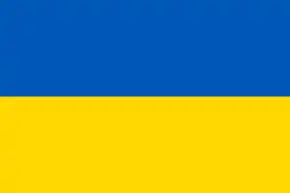 Ukraine
Ukraine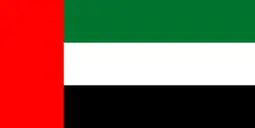 United Arab Emirates
United Arab Emirates United States of America
United States of America Uruguay
Uruguay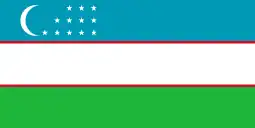 Uzbekistan
Uzbekistan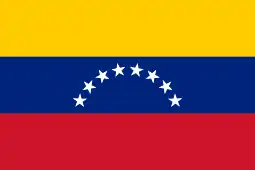 Venezuela
Venezuela Vietnam
Vietnam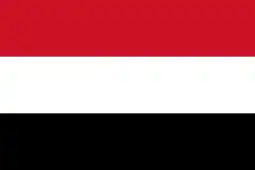 Yemen
Yemen.svg.png.webp) Federal Republic of Yugoslavia
Federal Republic of Yugoslavia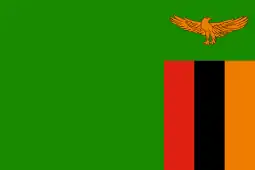 Zambia
Zambia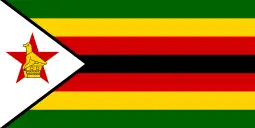 Zimbabwe
Zimbabwe
Infrastructure
After the agreement was signed, Moscow started its infrastructure preparations. It undertook 2 major projects. The first was the renovation of the Luzhniki Sports Arena, which was completed in September, 1997 at Moscow's 850th anniversary.[8][9] The stadium was built in 1955, and in 1980 it became the heart of the XXII Summer Olympic Games. The other major project was the construction of the Olympic village. This contraction was placed under the control of the city administration and it was based on the plan of the 1980 Olympic Village. The Village constituted of five 19-to-25 story buildings, a complex-sport gymnasium, a cycling track and a massive cafeteria. In addition, its landscape included artificial hills and a lake. Later, this complex-building became one of the most prestigious residential areas in the city.
See also
References
- "World Youth Games". Archived from the original on 2011-06-17. Retrieved 2009-04-01.
- "The World Youth Games in Moscow" (PDF). Archived from the original (PDF) on 2012-09-04. Retrieved 2009-04-01.
- Youth Games
- IOC Session: A “GO” for Youth Olympic Games
- Youth Olympic Games – International Olympic Committee Archived February 26, 2008, at the Wayback Machine
- The talisman of the first World Youth Games in Moscow
- "Meet the Mascots: Misha (Moscow 1980)". Archived from the original on 2010-03-08. Retrieved 2009-04-01.
- With a New Face on the Old Russian Capital, Moscow Turns 850
- "Moscow completes three-day celebration of its 850th birthday". Archived from the original on 2011-08-05. Retrieved 2009-04-01.